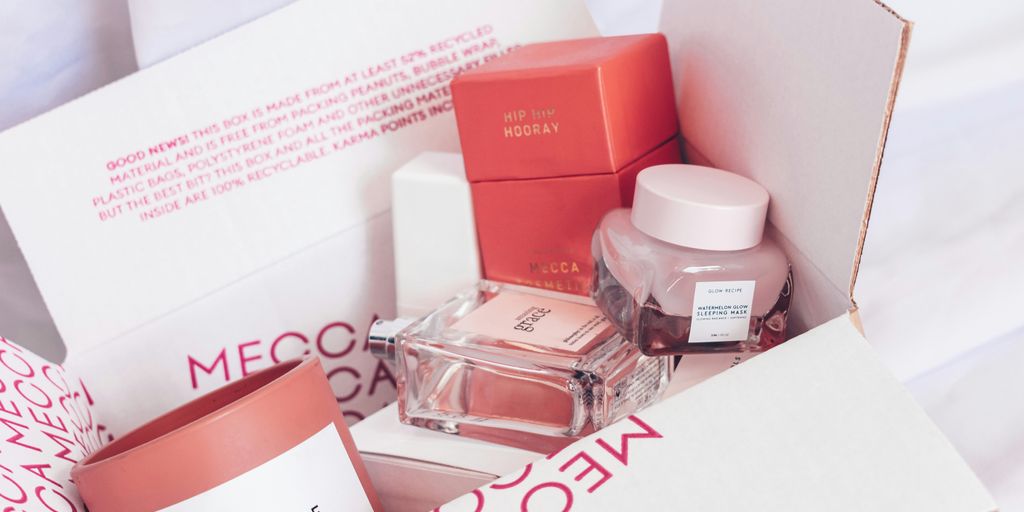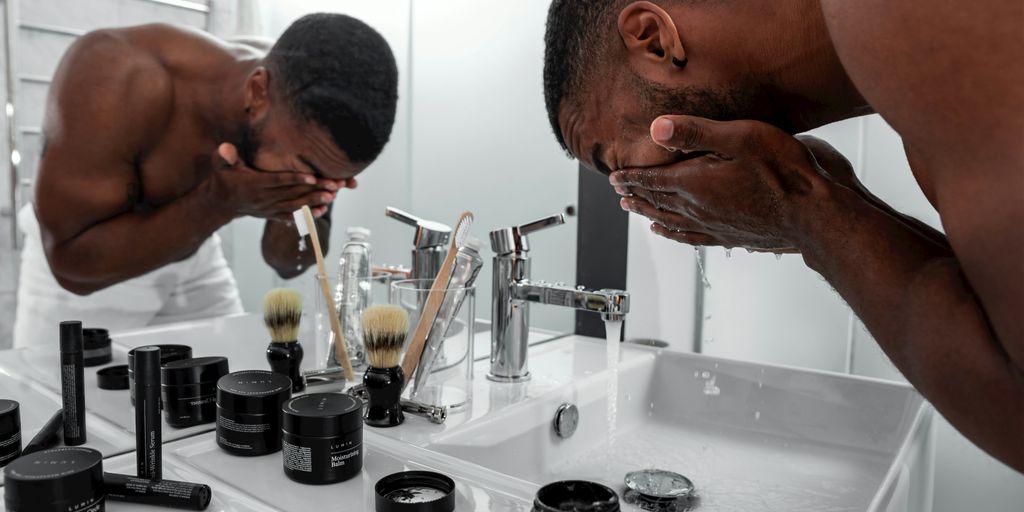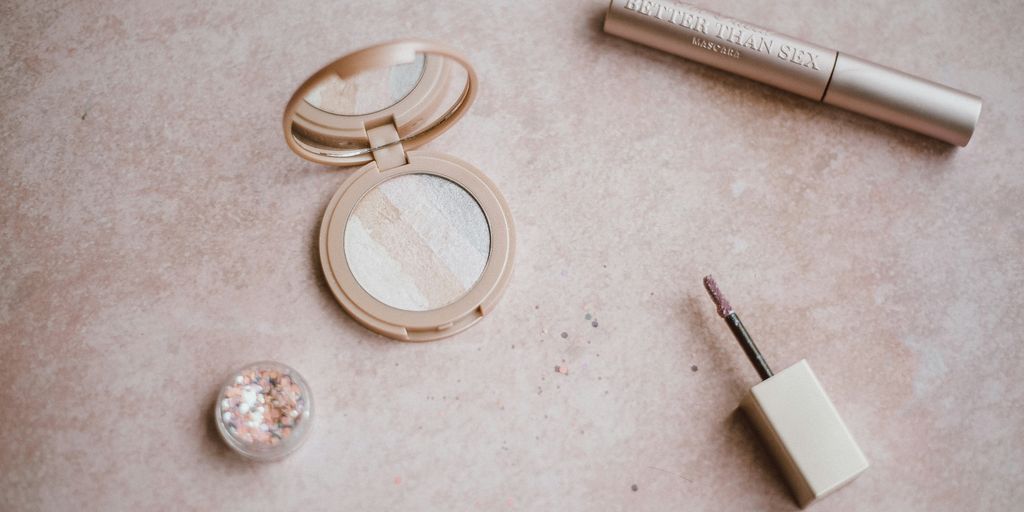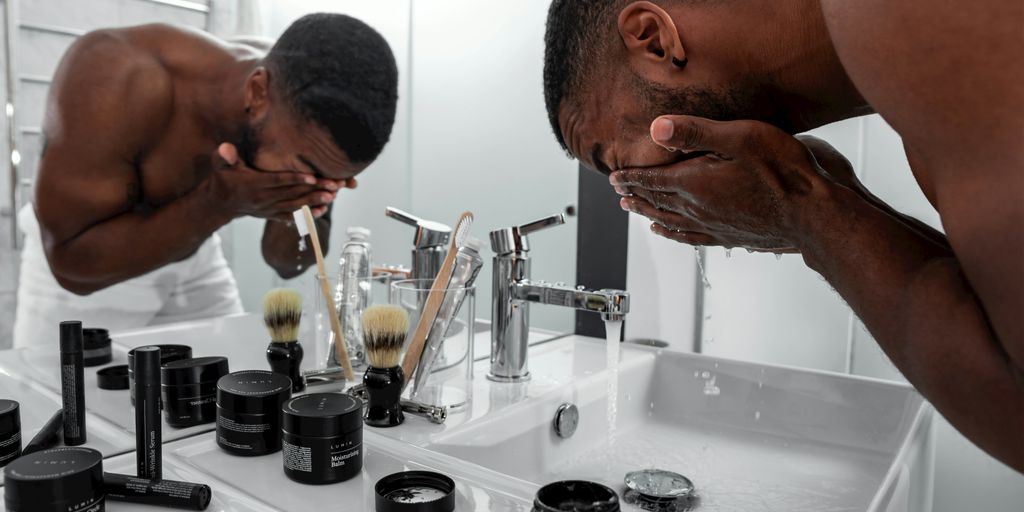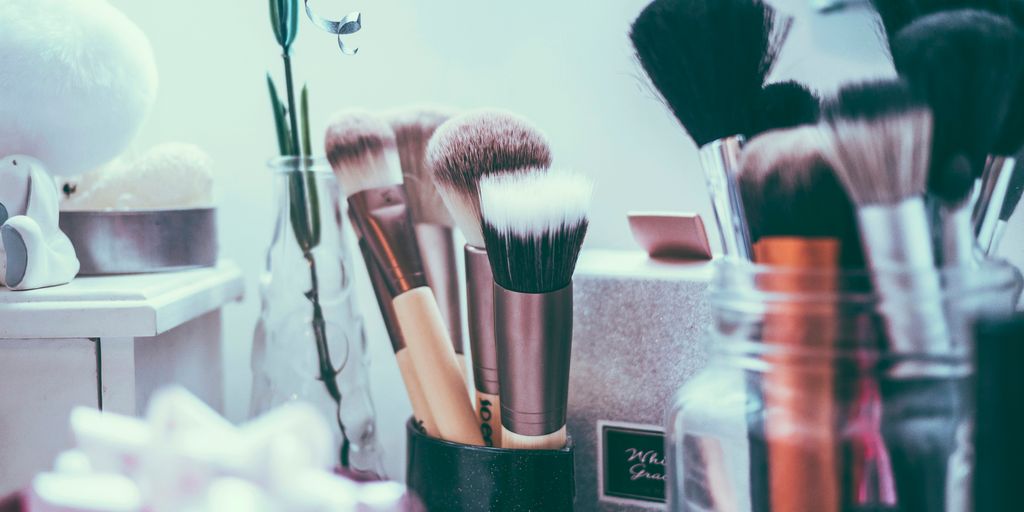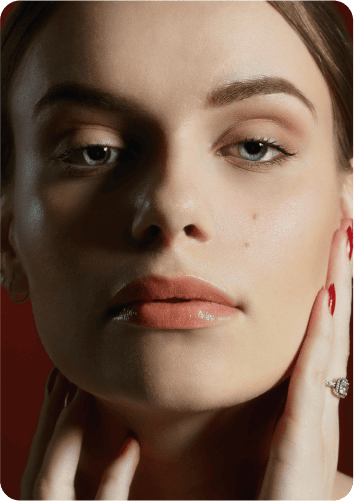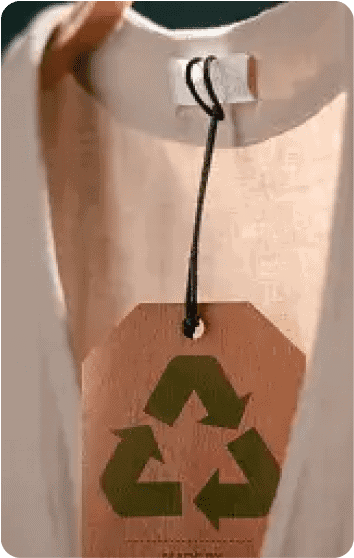If you’re wondering, “Is Essie cruelty free?” you’re not alone. Many beauty enthusiasts care deeply about the ethical implications of the products they use. Essie, known for its trendy nail polishes, has a complicated relationship with animal testing. In this article, we’ll break down what we know about Essie’s policies and whether or not they align with cruelty-free standards in 2025.
Key Takeaways
- Essie is not certified cruelty-free by any third-party organizations like PETA or Leaping Bunny.
- The brand is owned by L’Oreal, which still engages in animal testing practices.
- Essie claims to not sell in China, a country known for mandatory animal testing, but transparency is lacking.
- While Essie offers some vegan options, their overall cruelty-free status remains unclear.
- Consumers should be aware of the ethical implications of supporting brands with unclear animal testing policies.
Understanding Cruelty-Free Standards
Defining Cruelty-Free
So, what does "cruelty-free" really mean? It’s a term thrown around a lot, but it’s not always clear. Basically, it means that a product wasn’t tested on animals at any stage of its development. This includes the ingredients, the final product, and even testing done by third-party suppliers. However, the definition can get a little murky because there isn’t one universally accepted standard. Some companies might claim to be cruelty-free if they don’t test the final product on animals, even if their suppliers do. It’s a bit of a minefield, honestly.
Importance of Certification
Okay, so you know what cruelty-free should mean, but how do you know if a brand is actually living up to that standard? That’s where certification comes in. Third-party certifications, like Leaping Bunny or PETA’s Beauty Without Bunnies, are supposed to provide assurance that a company has met certain criteria. These organizations have their own standards and audit processes to verify a brand’s claims.
Here’s why certification matters:
- It adds a layer of accountability.
- It involves independent verification.
- It gives consumers more confidence in their choices.
Without certification, it’s really hard to know if a brand’s cruelty-free claims are legit. It’s like taking their word for it, and in today’s world, we need more than just a promise.
Common Misconceptions
There are a lot of misunderstandings about what cruelty-free actually entails. One big one is that cruelty-free automatically means vegan. It doesn’t. Cruelty-free only refers to animal testing, while vegan means the product also doesn’t contain any animal-derived ingredients. Another misconception is that if a product is made in a country with mandatory animal testing, the brand can’t be cruelty-free. This isn’t always true, as some brands sell in those markets but don’t test on animals themselves, often by using alternative methods or selling through specific channels that avoid testing requirements. It’s complicated, I know!
Essie’s Animal Testing Policy
Official Statements from Essie
So, what’s the deal with Essie and animal testing? It’s a bit of a maze, to be honest. Essie, like many brands, puts out statements about being committed to animal-free beauty. They usually point to their parent company, L’Oreal, and their policies. But here’s where it gets tricky. These statements often feel vague, and it’s hard to get a straight answer about the specifics of their practices. It’s like they’re saying one thing but leaving room for something else behind the scenes.
Transparency Issues
Okay, let’s talk transparency. Or, more accurately, the lack thereof. When you dig into Essie’s animal testing policy, you might find yourself hitting a wall. Getting clear, direct answers from them can be tough. They might refer you to L’Oreal’s general statements, which don’t always address the nitty-gritty details. This lack of openness makes it hard to trust what they’re saying at face value. It leaves you wondering what they might be hiding or not fully disclosing.
It’s frustrating when brands aren’t upfront about their practices. As consumers, we deserve to know exactly where they stand on important issues like animal testing. The ambiguity surrounding Essie’s policies makes it difficult to make informed choices.
Comparison with Industry Standards
When you stack Essie up against other nail polish brands, especially those that are certified cruelty-free, some differences become clear. Truly cruelty-free brands go above and beyond. They get certified by third-party organizations like Leaping Bunny or PETA. They also make sure their suppliers don’t test on animals, and they refuse to sell in countries where animal testing is required by law. Essie doesn’t quite hit all those marks, which puts them in a gray area compared to the gold standard in the industry.
Here’s a quick comparison:
- Certified Cruelty-Free Brands: Certified by a third party, strict supplier standards, no sales where testing is required.
- Essie: Relies on parent company’s policy, unclear supplier standards, may have exceptions for required testing.
- Brands That Test on Animals: Conduct or allow animal testing, often sell in markets requiring it.
It’s all about knowing where a brand stands and deciding if that aligns with your own values.
Is Essie Certified Cruelty-Free?

Lack of Third-Party Certification
So, is Essie officially certified cruelty-free? The simple answer is no. Essie doesn’t have any certifications from well-known groups like Leaping Bunny or PETA. This means no independent organization is checking up on Essie’s claims about not testing on animals. It’s all based on what Essie says themselves, which can be a bit tricky.
Implications of Certification
Why does certification even matter? Well, it adds a layer of trust. Certifications usually involve audits and checks to make sure a company really is doing what they say they’re doing. Without it, we’re just taking the company’s word for it. Some things to consider:
- Certifications provide transparency.
- They offer assurance through independent verification.
- Certified brands often adhere to stricter standards.
It’s important to remember that a lack of certification doesn’t automatically mean a company isn’t cruelty-free. It just means there’s no external validation. It puts the onus on us, as consumers, to do a little more digging.
Consumer Trust and Brand Integrity
In today’s world, people care more and more about where their products come from and how they’re made. If a brand claims to be cruelty-free but doesn’t have certification, it can make people wonder. Trust is a big deal, and without that third-party stamp of approval, it can be harder for Essie to build and maintain a strong, ethical image. It really comes down to whether consumers are willing to take a company at its word, or if they need that extra reassurance.
Essie’s Parent Company and Its Impact
Ownership by L’Oreal
Essie, a well-known name in nail polish, isn’t an independent company. It’s actually owned by L’Oreal, a giant in the beauty and cosmetics world. This ownership has a big impact on how Essie is perceived, especially when it comes to animal testing and ethical practices. L’Oreal’s policies cast a long shadow.
L’Oreal’s Animal Testing Practices
L’Oreal’s stance on animal testing is complex. While they’ve stated they don’t test their products on animals anymore, this isn’t the whole story. L’Oreal does sell its products in countries where animal testing is required by law. This means that, indirectly, L’Oreal products, including Essie, may be subject to animal testing to meet regulatory requirements in those markets. It’s a tricky situation, and it’s understandable why many consumers are confused.
Consumer Reactions to Parent Company Policies
Consumer reactions to L’Oreal’s policies are mixed, to say the least. Some people are okay with the arrangement, figuring that Essie itself isn’t directly involved in animal testing. Others feel that buying Essie is still supporting a company that profits from animal testing in some capacity. This can lead to boycotts or a switch to brands with clearer cruelty-free stances. It really comes down to individual values and how much weight you give to the parent company’s overall practices.
It’s important to remember that every consumer has the right to make informed choices based on their own ethical compass. Understanding the relationship between brands and their parent companies is a key part of that process.
Here are some common consumer reactions:
- Continued support due to Essie’s vegan status.
- Boycotts due to L’Oreal’s overall practices.
- Seeking out alternative brands with clearer cruelty-free certifications.
Does Essie Test on Animals?
Current Testing Practices
Determining whether Essie tests on animals is tricky. Essie states a commitment to animal-free beauty, referencing L’Oreal’s policies. However, this isn’t enough to confirm a true cruelty-free status. It’s important to consider if their suppliers test on animals, and if testing occurs when required by law in certain markets.
Responses to Consumer Inquiries
When asked for specifics, Essie often refers back to L’Oreal’s general animal testing policy. This lack of direct answers raises concerns about transparency. It’s hard to get a clear picture of their practices. Without clear answers, it’s difficult to classify Essie as truly cruelty-free.
Position on Selling in China
Essie has stated that their products are not sold in China. This is significant because, historically, China required animal testing for many imported cosmetics. By not selling there, Essie avoids this requirement. However, it’s important to remember that policies can change, and other countries might have similar requirements.
It’s up to each consumer to decide what level of transparency and commitment to cruelty-free practices they require from a brand. Essie’s current stance leaves room for interpretation, making it essential to stay informed and advocate for clearer policies.
Is Essie Vegan?
Clarification on Vegan Claims
So, is Essie vegan? It’s a bit complicated. Essie does state that some of their products are "vegan," meaning they don’t include ingredients sourced from animals. However, because their overall cruelty-free status is uncertain, it’s hard to fully embrace Essie as a truly vegan option. It’s like, can you really trust the label if the bigger picture is still fuzzy?
Animal-Derived Ingredients
When we talk about vegan products, we’re talking about avoiding things like carmine (a red dye from insects), lanolin (from sheep’s wool), beeswax, and certain types of glycerin. These ingredients pop up in cosmetics more often than you might think. Finding alternatives is key for truly vegan products. It’s worth noting that even if a product isn’t intentionally made with animal products, cross-contamination during manufacturing can be a concern for some strict vegans.
Consumer Expectations
As consumers, we’re getting smarter and demanding more transparency. We want to know exactly what’s in our products and how they’re made. When a brand claims to be vegan, we expect them to back it up with clear information and ethical practices. It’s not just about the ingredients list; it’s about the whole process. If Essie wants to win over vegan consumers, they need to be more upfront about their sourcing and production methods.
It’s important to remember that "vegan" doesn’t just mean "no animal ingredients." It also often implies a commitment to avoiding animal exploitation in all forms. For many, this extends to concerns about animal testing and ethical labor practices.
Here are some things to consider when looking for vegan nail polish:
- Check for third-party certifications (like Vegan Action or The Vegan Society).
- Read the ingredient list carefully.
- Contact the company directly with any questions.
- Support brands that are transparent about their vegan commitments.
Ethical Considerations for Consumers
Making Informed Choices
It’s easy to grab whatever’s on sale or what a friend recommends, but when it comes to beauty products, especially nail polish, taking a moment to think about the ethics behind your purchase can make a big difference. Being an informed consumer means understanding what "cruelty-free" really means and looking beyond just the label. Read ingredient lists, research brands, and don’t be afraid to ask questions. It’s about aligning your spending with your values.
Supporting Truly Cruelty-Free Brands
Okay, so you’ve done your research. Now what? Well, put your money where your mouth is! There are brands out there that go above and beyond to ensure their products are truly cruelty-free. These companies often have third-party certifications, transparent supply chains, and a commitment to ethical practices. Supporting these brands sends a message to the industry that consumers care about animal welfare. It encourages more companies to adopt cruelty-free practices. Here are some ways to support them:
- Actively seek out and purchase products from certified cruelty-free brands.
- Share information about these brands with friends and family.
- Leave positive reviews and engage with these brands on social media.
By consciously choosing cruelty-free options, you’re not just buying a product; you’re investing in a future where animals are not harmed for the sake of beauty.
The Role of Consumer Advocacy
Your voice matters! Consumer advocacy can be a powerful tool for change. Contact companies, sign petitions, and support organizations that are working to end animal testing. Let brands know that you care about their animal testing policies and that you’re willing to switch to cruelty-free alternatives. The more consumers speak up, the more likely companies are to listen and make changes. Here’s how you can advocate:
- Use social media to raise awareness about animal testing and promote cruelty-free brands.
- Contact companies directly to inquire about their animal testing policies.
- Support legislation that aims to ban or restrict animal testing for cosmetics.
When you shop, it’s important to think about the choices you make. Buying eco-friendly products helps protect our planet and supports companies that care about the environment. You can make a difference by choosing wisely. Visit our website to learn more about how you can shop responsibly and help create a better world for everyone!
Final Thoughts on Essie’s Cruelty-Free Status
In wrapping up, it’s clear that Essie’s stance on animal testing is a bit murky. While they claim to care about animal welfare, they haven’t provided enough solid proof to back up their cruelty-free claims. Plus, being owned by L’Oreal, a company that still tests on animals, raises more questions than answers. If you’re someone who prioritizes cruelty-free products, it might be best to look elsewhere for your nail polish needs. Transparency is key, and until Essie can clarify their policies, it’s hard to fully trust their commitment to being cruelty-free. So, keep this in mind when making your next beauty purchase.
Frequently Asked Questions
What does cruelty-free mean?
Cruelty-free means that a product or its ingredients were not tested on animals at any point during its development.
Is Essie certified cruelty-free?
No, Essie is not certified by any third-party organizations that verify cruelty-free claims.
Does Essie test on animals?
Essie’s animal testing policy is unclear, and they haven’t provided enough information to confirm if they test on animals.
Who owns Essie?
Essie is owned by L’Oreal, a company that is known to conduct animal testing.
Is Essie sold in countries where animal testing is required?
Essie claims that their products are not sold or manufactured in China, where animal testing is required by law.
Is Essie vegan?
Essie offers some products that are labeled vegan, but due to their unclear cruelty-free status, we cannot fully confirm that they are vegan.
